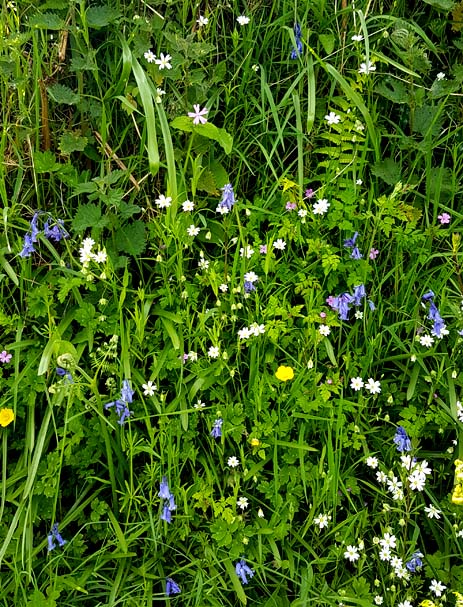May started with a bang for us, quite literally. Finch leap-frogged a bollard, didn’t make it, and face-planted the pavement. Amongst the tears and considerable amount of blood, there was a silver lining. Through wet eyes, he grinned at me – his front two milk teeth, which have been wobbly for ages, had finally come out. It was an expensive week for the tooth fairy!

May is a glorious month, isn’t it? The natural world goes into super sonic mode, and everything, everywhere, is blooming and bursting forth. My last lot of edits for the new book handed in, I was able to breathe a little. It was charming to watch blue tits from our kitchen window, diving in and out of our rambling roses, picking off aphids. They did me a great service in pest control and entertainment value. Down by the river, I cycled past frothing towers of May blossom on the way to work. First thing in the morning, the scent seems to linger in clouds like no other time in the day. I’m sure there must be some clever reason for that.

And then the swifts arrived, which means summer is really here, screeching and wheeling between the rooftops. Up on the moors, we explored bluebell woods and flower-filled meadows. One hot day we found a brook to paddle in, the crystal-clear water pouring into an icy pool from a spout beside a ruined mill. These May days are ones to savour, storing up memories of warmth and light for the dark days of deep midwinter. Now, as we emerge tentatively from the pandemic, for me, they also carry with them the memory of May 2020, when we were finally allowed to go a little further for walks. I remember the children running through buttercups fields and dipping their toes in glistening streams as if the world were brand new. I may have done a bit of meadow-running myself!

This month, I was part of a Scottish Centre for Conflict Resolution (SCCR) online event for The Scottish Mental Health Arts Festival (SMHAF). I teamed up with Dr Sara Watkin to talk about our work with the centre over the years. I spoke of how words connect us to the local and to place – its significance underestimated at best and wilfully erased by the centres of power at worst. Our thinking has been boxed in on all sides by our industrial and imperialist past, our capitalist and colonialist legacy still an all too present reality in oppressing other cultures around the world – oppressing ourselves too, if we’re honest. Our relationship with our own landscape, the soil that nourishes us in these islands, is mostly hugely dysfunctional. I can’t help reflecting on this as I remember the red lines which appeared across my slides, offensive insults in the comment box and a voice spoke over the top of me. Someone had hacked into the event and was intent on being malicious.

It wasn’t personal, a lashing out at something good. Sara Watkin commented compassionately as she began to present, this person is in great distress but we are not in a space that is appropriate to try to help. She spoke later in the session, of the way a child growing up amongst domestic abuse might choose to identify with the aggressor in a bid to find power in a situation they have no control over, becoming an aggressor themselves. It’s a maladaptive coping mechanism and in the light of the shooting in Texas, it’s hard not to wonder how it might be undone. I have read before of how traditional Hebridean villages would buffer the impact of troubled parents on their offspring because these young people were embedded in a local culture, their kith just as important as their kin. And of course, there is the land itself. Many of us can speak of the deep anchoring that comes from our connection with place, with our rootedness in a particular landscape. I think the response to such tragedies must be societal.
But now, it is back to work for me – a new round of edits have landed on my desk. Here are a couple of pictures from our trip to Charmouth this month, fossil-hunting. I may have been doing a little fact checking for the book while we were there. Hopefully that whets your appetite for what is to come!








